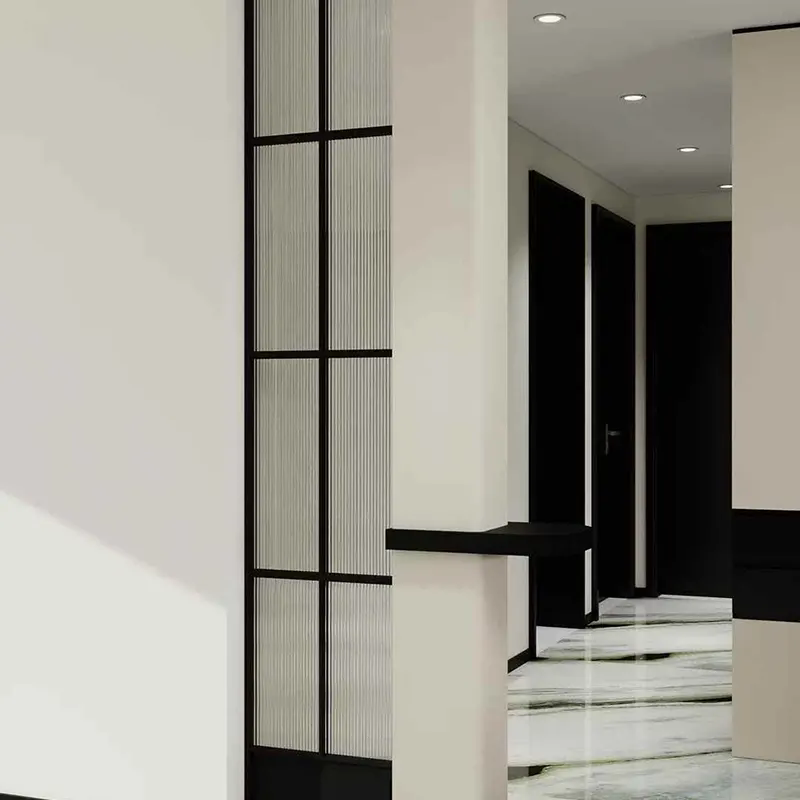What Are Marble Slabs and Why Are They a Premium Choice in Construction and Design?
2025-07-15
Marble slabs are large, flat pieces of natural stone cut from marble blocks, widely used in architecture, interior design, and sculpture. Known for their timeless beauty, elegant veining, and smooth texture, marble slabs are a premium material chosen for both residential and commercial applications.
How Are Marble Slabs Made?
Marble slabs are quarried from natural stone blocks, usually sourced from countries like Italy, India, Turkey, and Greece. After extraction, the blocks are cut into thick slices using gang saws or wire saws. These slabs are then polished, honed, or finished based on the desired surface effect. Slabs typically come in thicknesses of 2cm or 3cm, and are later cut to fit specific applications.

What Are the Advantages of Marble Slabs?
1. Luxurious Appearance
Each marble slab is unique, with distinct veining patterns and color tones that add character and elegance to any space.
2. Natural Coolness
Marble stays cool to the touch, making it ideal for warm climates and surfaces like kitchen countertops or flooring.
3. Durability with Proper Care
While softer than granite, marble can last for decades with proper sealing and maintenance.
4. Versatile Applications
Suitable for countertops, flooring, wall cladding, fireplace surrounds, and even furniture tops.
5. Value Addition
Marble surfaces often enhance property value due to their luxurious appeal.
What Are the Common Types of Marble?
Carrara Marble (Italy): Soft white with light gray veining—classic and widely used.
Calacatta Marble: Bolder veining and a brighter white background—more exclusive.
Statuario Marble: High-end Italian marble known for striking gray veins and a luminous finish.
Emperador Marble (Spain): Rich brown tones with white or gold veins.
Green Marble (India): Deep green base with distinctive veining—popular for decorative use.
Where Are Marble Slabs Commonly Used?
Kitchen countertops and islands
Bathroom vanities and shower walls
Flooring in luxury spaces
Feature walls and columns
Reception desks and tabletops
Care and Maintenance Tips
Seal regularly to prevent staining from oils, wine, or acidic substances.
Use mild, pH-neutral cleaners—avoid harsh chemicals or vinegar.
Wipe spills immediately to prevent etching or discoloration.
Use trivets and coasters to protect from heat or moisture.
Conclusion
Marble slabs are a classic and elegant material that elevates the aesthetic of any space. With proper care, their beauty and durability can last for generations. Whether used in kitchens, bathrooms, or public lobbies, marble remains a symbol of sophistication and timeless design.


